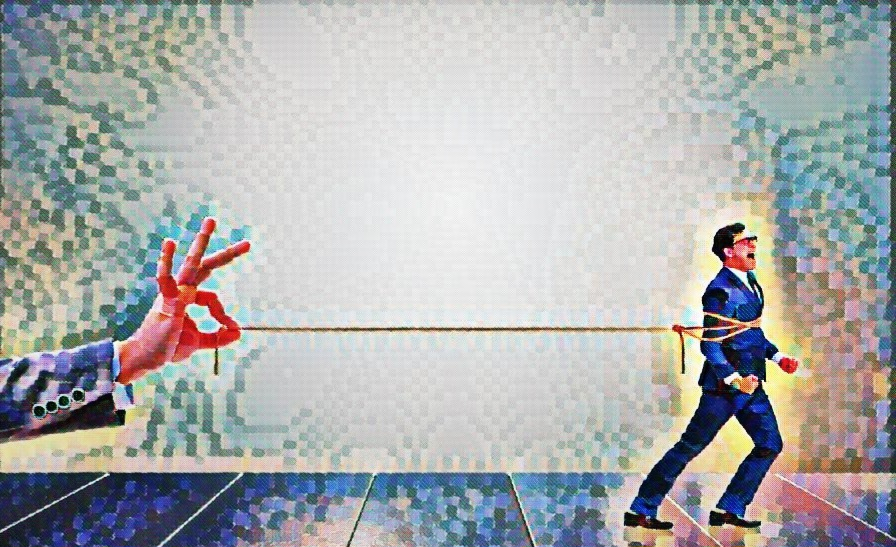In Sales, what is better than acquiring one new customer? The obvious answer is “acquiring more than one new customer”, but is this really the case? Nowadays, the cost of acquiring new clients has risen dramatically, as it could involve spending on creating content for marketing campaigns, advertising, employee salaries, travel expenses and so on. “What is the answer then?”, I hear you say. In my view, it is retaining an existing customer, which cost-wise could be even twenty times less dear than the acquisition of a new one.
In the last article, we discussed about the difficulties in challenging the status quo of a potential customer, as, nowadays, nearly 50% of all the deals in B2B environment end up in “No decision”, which means that the prospects prefer to stick with their current status quo, rather than changing into something else. On the other hand, with regards to customer retention, we are the status quo, so our mission is to reinforce it instead of challenging it.
In today’s business environment, Sales and Marketing need to have a clear Account-Based Strategy, about acquiring and retaining the best customers that can deliver the most value in the long term to their organisations. If this is the case, then we need to develop two types of messages/stories depending on what customer we are interacting with. The acquisition story, which is about why change from what you are doing today, and the retention story, which is all about staying with us now and for the future. This seems rather obvious, but what is the reality?
According to a recent survey from Corporate Visions, one of the leading US sales and marketing consulting firms, 58 percent of the companies that took part responded that they don’t see any need for differentiating their messages between the different type of customers. Moreover, 80 percent of the companies spend more than 70 percent of their relevant budget on generating demand, which means that less than 30 percent is being spent on customer retention and upsell/cross-sell efforts. What’s more alarming is that 42 percent of the respondents spend less than 10 percent in the renewal effort.
In his study, The Psychology of Doing Nothing, research psychologist Christopher J. Anderson, claims that there are four causes of the status quo bias, namely Preference Stability, Anticipated Regret and Blame, Selection Difficulty and Perceived Cost of Change, that we need to challenge when we are the outsiders and to reinforce when we are the current suppliers.
If our aim is the latter, then the message that we need to craft and convey to our existing customers has to include, among other, points that will remind them of the long process that was required to make their original purchase decision and of the time, money and other resources that we both invested to implement the solution, in order to make it running smoothly. On the other hand, we should not only bring out the hard aspects of the buying and implementation process that may prevent the client from changing the status quo, but we must also clearly indicate the direct and indirect benefits that the customer has enjoyed from our cooperation and how our solution has helped them grow their business and improve their KPIs.
As Sales professionals, we need to treat customer prospecting and customer retention as two different campaigns that need to be handled in the correct way, rather than having a one-size fits all approach. Surely, turning prospects into new clients is exciting, especially when these prospects are fitting the profile of the ideal customer that we have set. Nevertheless, retaining and further expanding the cooperation with existing clientele is absolutely vital, in all business environments and without doubt, less costly. We just need to act smart, and through the right messaging, to reinforce the natural human tendency to maintain the status quo.



